Optimal Timing for Siding and Trim Repairs
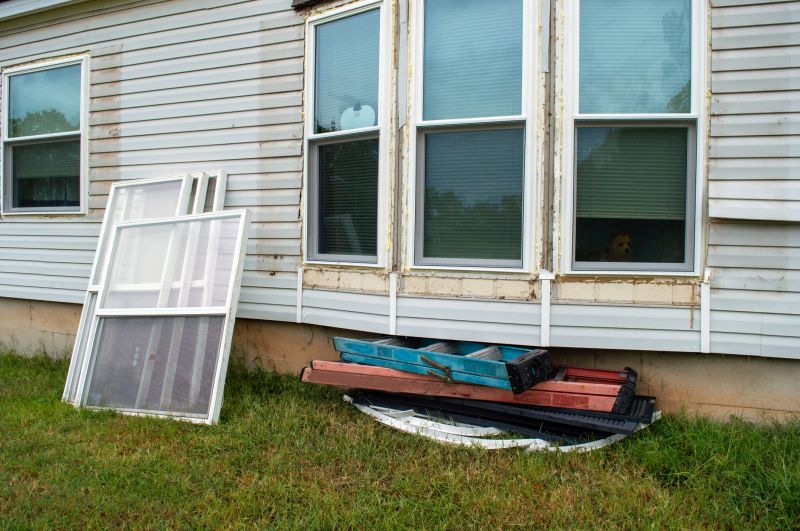
Spring offers mild temperatures and lower humidity, ideal for siding and trim repairs.
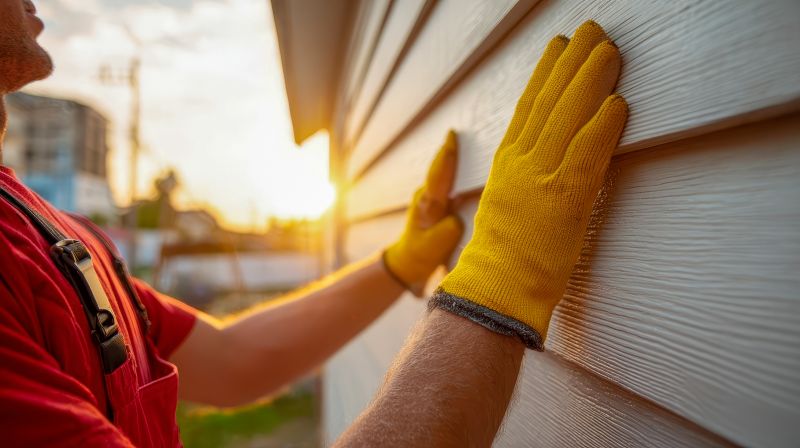
Warm and dry summer months facilitate effective repair work and allow for proper drying and curing.

Fall provides cooler temperatures and less rain, reducing the risk of weather-related delays.
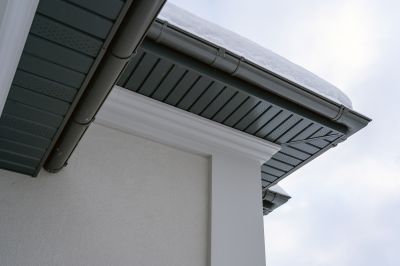
Ways to make Siding And Trim Repairs work in tight or awkward layouts.
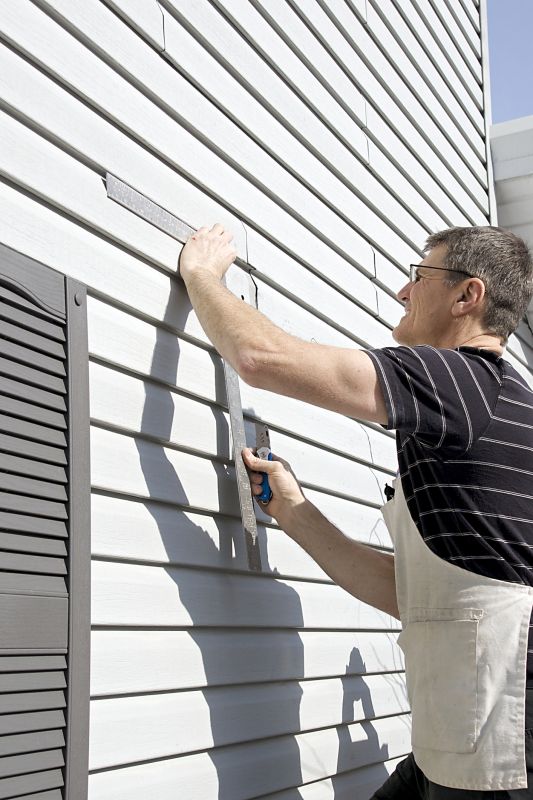
Popular materials for Siding And Trim Repairs and why they hold up over time.
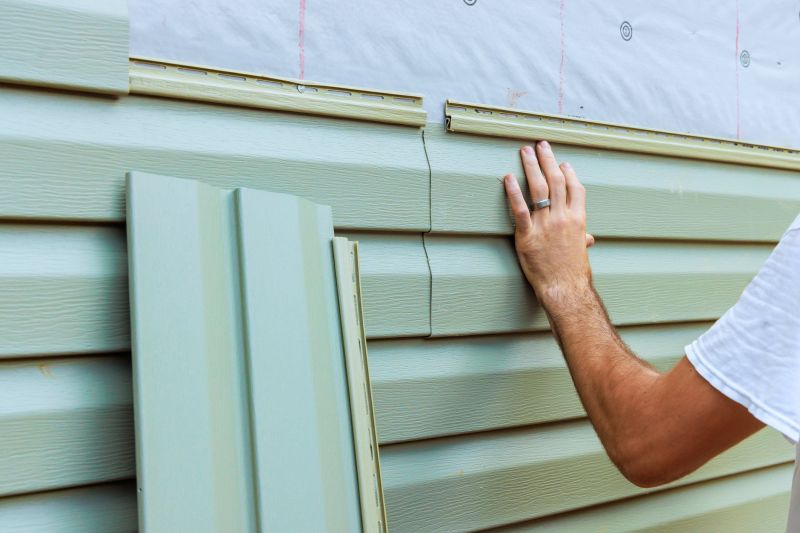
Simple add-ons that improve Siding And Trim Repairs without blowing the budget.

High-end options that actually feel worth it for Siding And Trim Repairs.
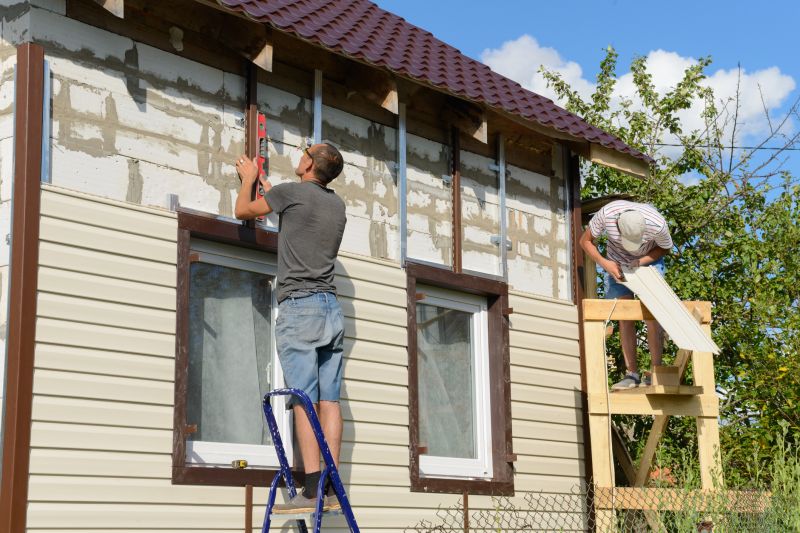
Finishes and colors that play nicely with Siding And Trim Repairs.
Siding and trim repairs are essential for maintaining the structural integrity and aesthetic appeal of buildings. Proper timing ensures repairs are effective and long-lasting. Weather conditions play a significant role in scheduling these repairs, as extreme cold, heat, or moisture can hinder the process and impact the quality of work.
Late spring and early fall are generally considered the best times for siding and trim repairs due to moderate weather conditions.
Extreme cold can cause materials to become brittle, while excessive heat may cause adhesives and paints to fail.
Rain and high humidity can delay repairs and compromise materials, making dry, clear days preferable.
Materials such as vinyl and wood respond differently to temperature variations, influencing repair schedules.

Ideal for addressing damage after winter and preparing for the warmer months.
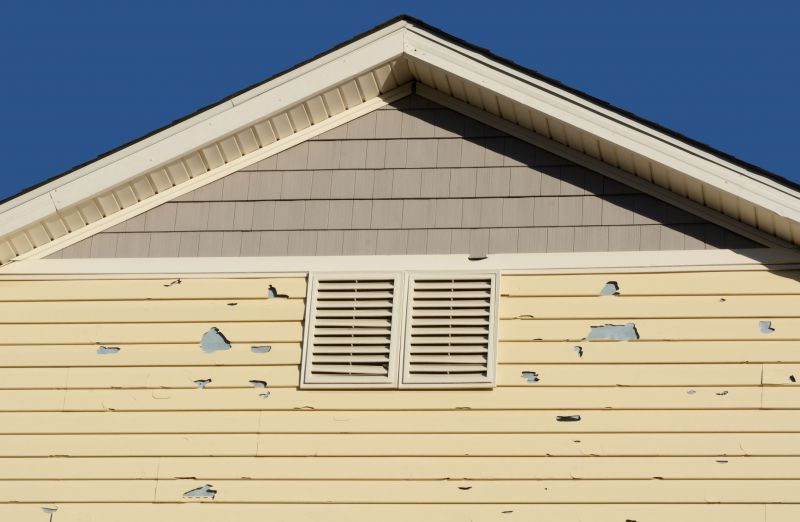
Suitable when temperatures are consistently warm and dry.
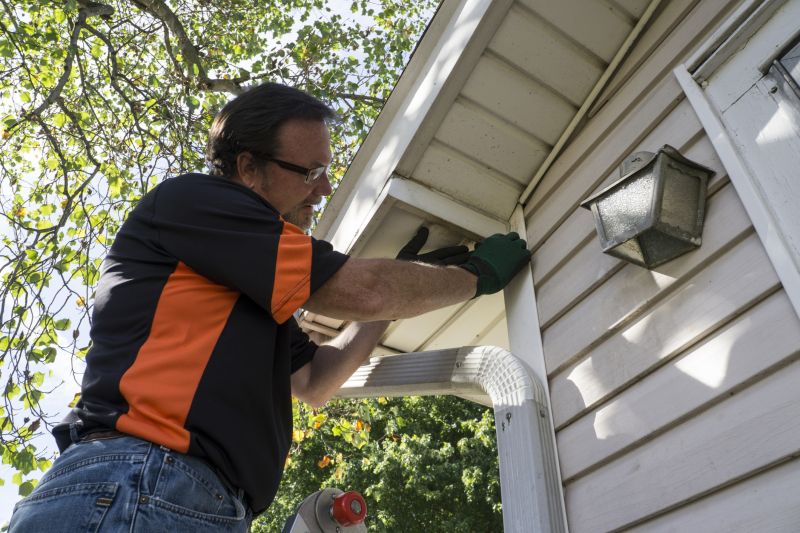
Best for completing repairs before cold weather sets in.
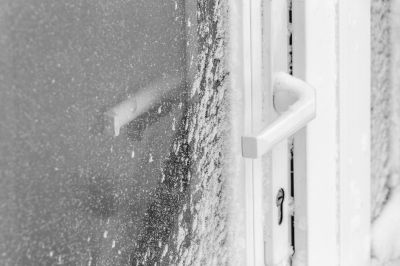
Typically avoided due to cold and potential snow, but some repairs can be done if conditions are suitable.
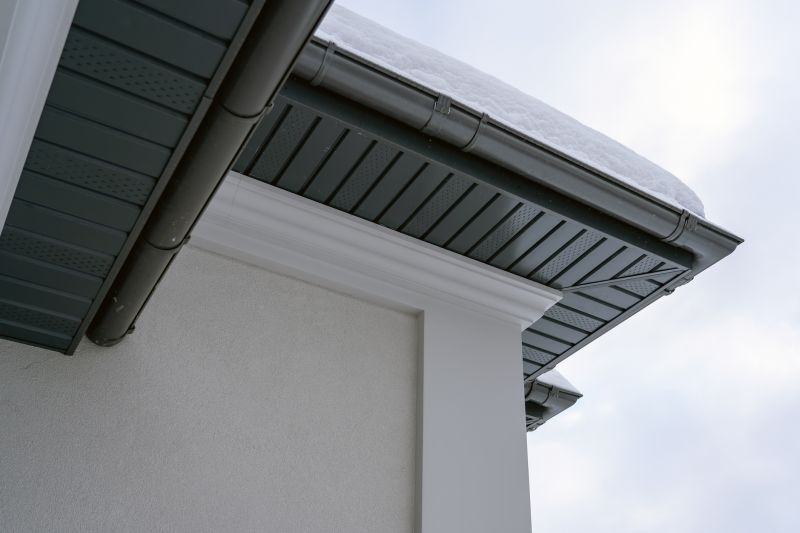
Little measurements that prevent headaches on Siding And Trim Repairs day.
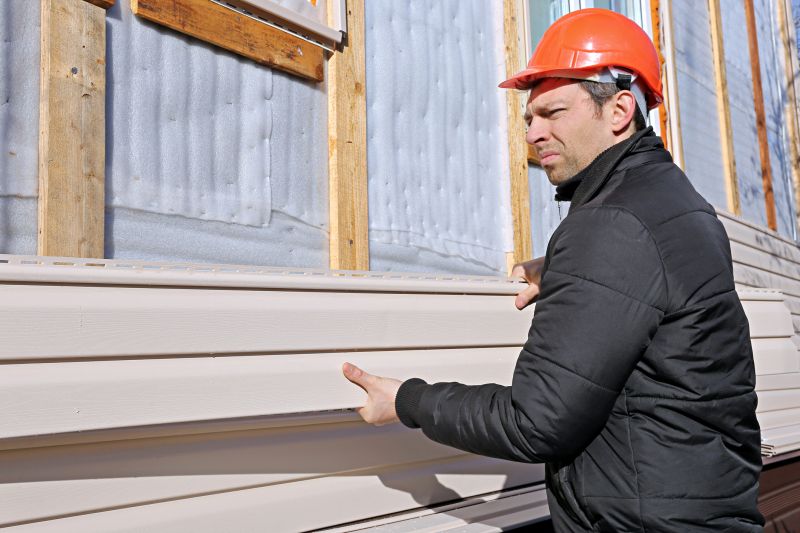
A 60-second routine that keeps Siding And Trim Repairs looking new.
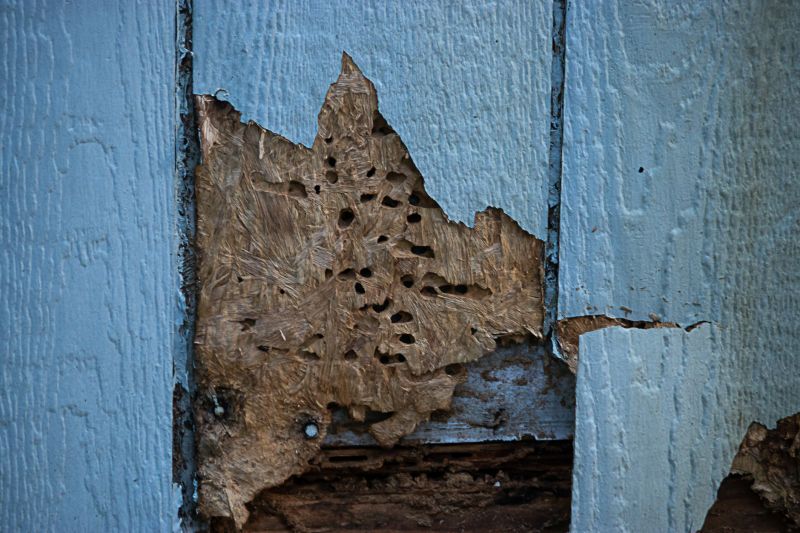
A frequent mistake in Siding And Trim Repairs and how to dodge it.
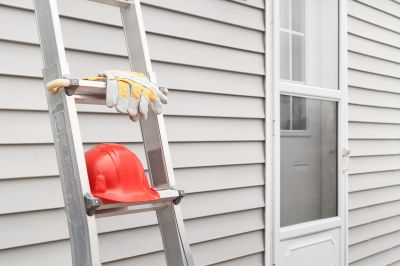
Small tweaks to make Siding And Trim Repairs safer and easier to use.
Choosing the right time for siding and trim repairs can prevent additional costs and ensure the durability of the work. Proper planning around seasonal weather patterns minimizes delays and maximizes the effectiveness of repairs. It is advisable to consult with professionals to determine the most suitable window based on local climate conditions.
| Season | Ideal Conditions |
|---|---|
| Spring | Moderate temperatures, low humidity, and minimal rain |
| Summer | Warm, dry weather with stable temperatures |
| Fall | Cooler temperatures, less rain, and low humidity |
| Winter | Cold and potentially snowy; generally avoided unless conditions are suitable |
| Late Spring/Early Fall | Optimal periods for scheduling repairs |

Addresses winter damage and prepares the exterior for the warmer months.
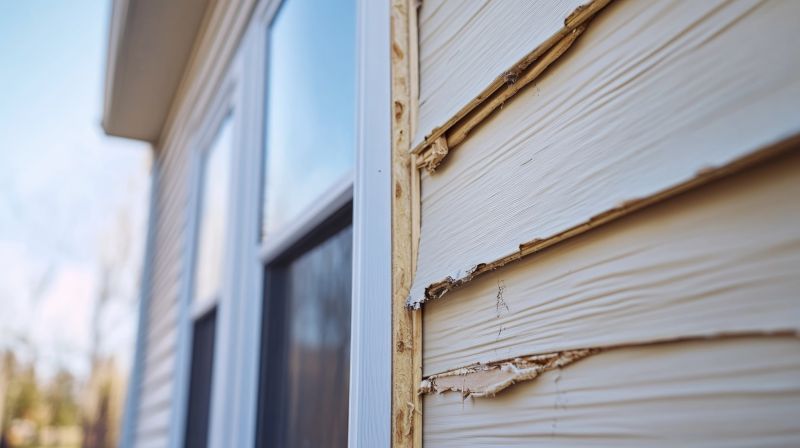
Effective during dry, warm periods for optimal results.

Prepares buildings for winter weather and prevents future damage.
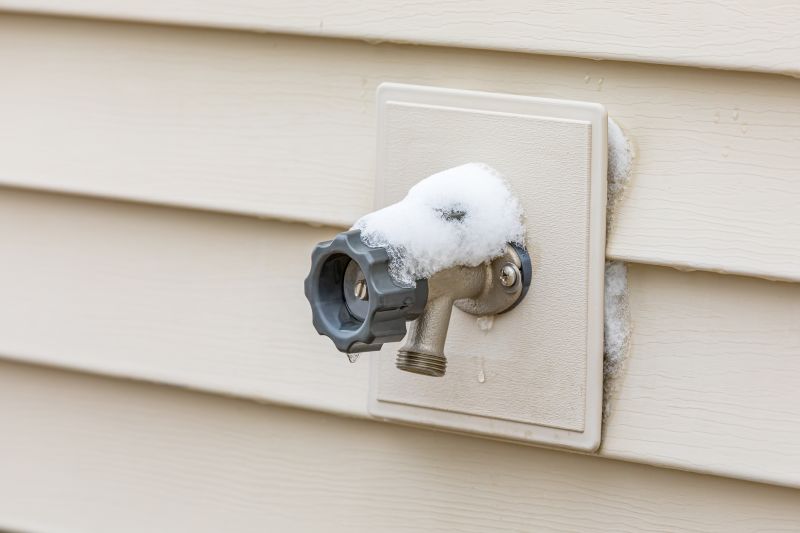
Limited options due to cold and snow, but possible with proper planning.
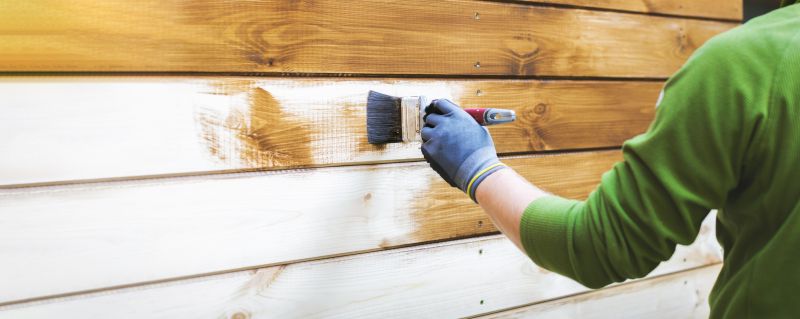
Lower-waste or water-saving choices for Siding And Trim Repairs.
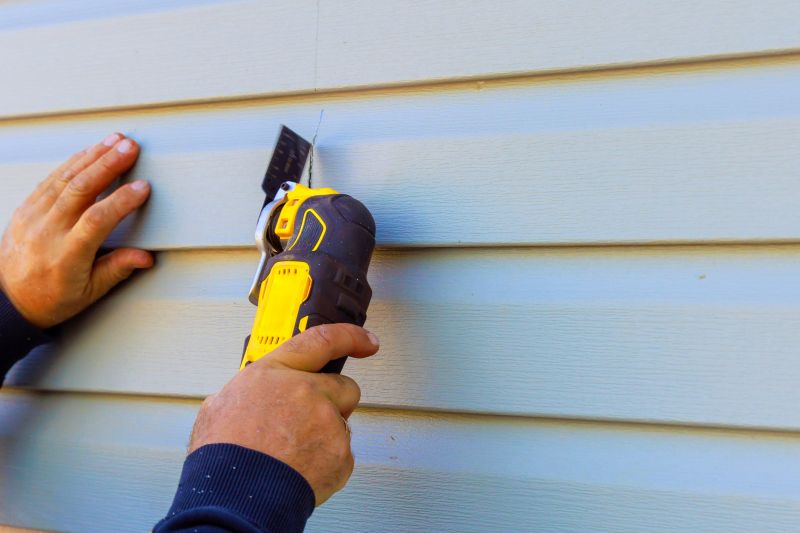
The short, realistic tool list for quality Siding And Trim Repairs.

Rough timing from prep to clean-up for Siding And Trim Repairs.

Quick checks and paperwork to keep after Siding And Trim Repairs.
Interested parties are encouraged to contact for scheduling siding and trim repairs during the most suitable seasons. Proper timing ensures high-quality results and long-lasting improvements to building exteriors.



